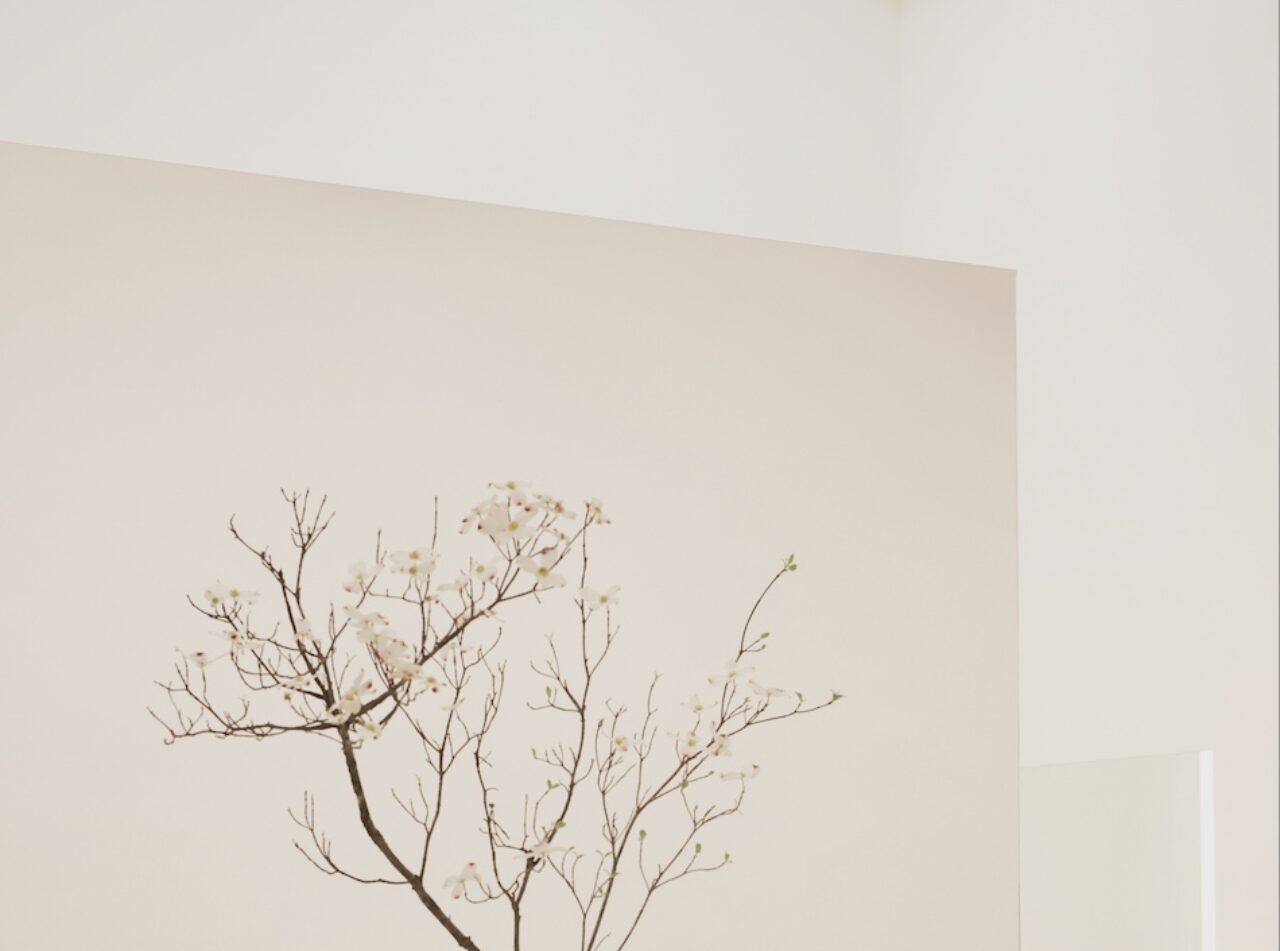Sir John Soane’s Museum
The Extraordinary Home of London's Early Architect & Key Collector

Set in a quiet square central London’s Holborn, an architectural gem lies quietly only recognisable by it’s light-coloured facade, known by most as one of the city’s most significant designs by architect Sir John Soane.
Formerly the architect’s house, No.13 Sir Lincoln’s Inn Fields has served as a museum, open free to the public, since the 19th century. Architect and designer of the Bank of England, Soane was also philanthropist, whom collected many sculptures, paintings, books, classical and historic antiquities, one of which was the sarcophagus of the former Egyptian King Sety I. Brought to London by the Italian explorer Giovanni Belzoni, the sarcophagus was initially offered to the British Museum, whom turned down the sale due to the price being too high at £2,000. Offered to Soane soon after, he purchased the historic item in 1824, and celebrated with a three-day party on the premises, inviting London’s finest guests to join the oil-lamped filled rooms.
Soane was, and still is, one of Britain’s great men of architecture and exploration. Appointed as Professor of Architecture at the Royal Academy, he had quite an admiration for another visionary, the famous Napolean Bonaparte, and although they never met, they both had a passion for architectural urban improvement. They were both self made and owed their careers to their vision and not social status.
In 1833, Soane negotiated an Act of Parliament to preserve his house and collection (of books, casts and models) after his death for the benefit of those interested in architecture, painting and sculpture.
Sir John Soane’s Museum
13 Lincoln’s Inn Fields,
London WC2A 3BP,
United Kingdom

































